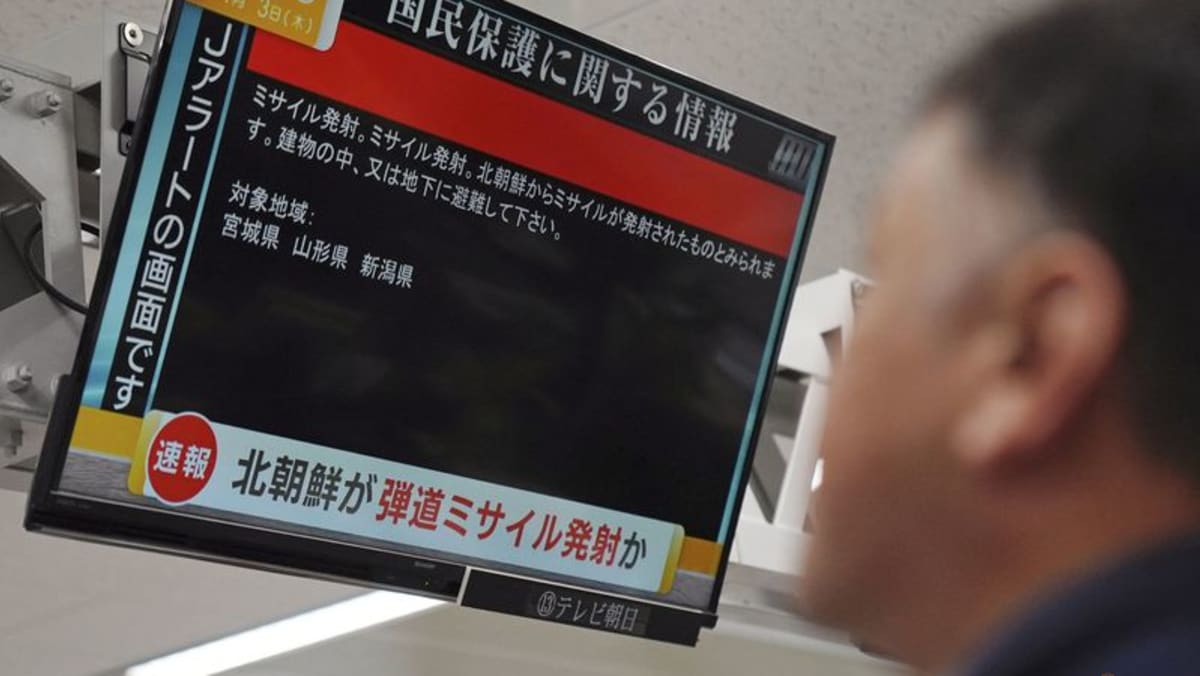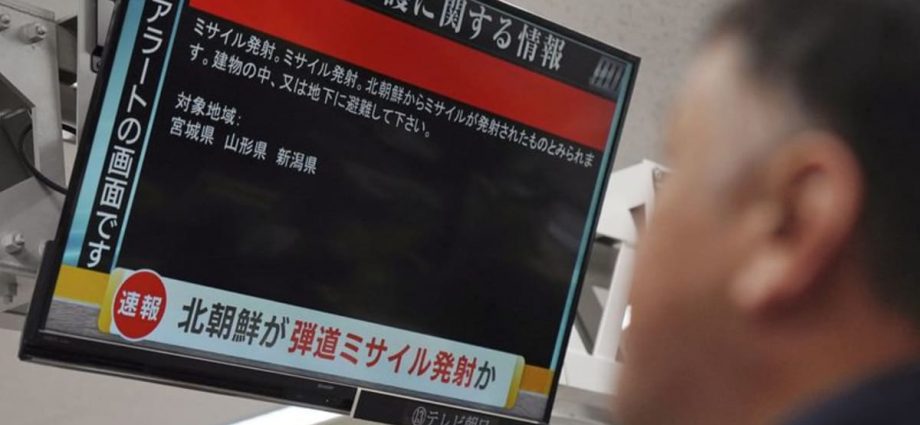
The allies have been conducting one of the largest air exercises ever, with hundreds of South Korean and US warplanes, including F-35 fighters, staging around-the-clock simulated missions.
After Thursday’s ICBM launch, the allies agreed to extend the drills past Friday, when they were scheduled to end, South Korea’s Air Force said in a statement.
“A strong combined defense posture of the ROK-US alliance is necessary under the current security crisis that is escalating due to North Korean provocations,” the statement said, using the initials of South Korea’s official name.
EMERGENCY WARNINGS
North Korea also launched two short-range ballistic missiles on Thursday.
The launches came after North Korea fired at least 23 missiles on Wednesday, the most in a single day, including one that landed off South Korea’s coast for the first time.
South Korea issued rare air raid warnings and launched its own missiles in response after Wednesday’s barrage. On Thursday, the South’s transportation ministry announced that air routes had reopened in the area where the missile had fallen, having been closed for around 24 hours.
After the first launch on Thursday, residents of Miyagi, Yamagata and Niigata prefectures in Japan were warned to seek shelter indoors, according to the J-Alert Emergency Broadcasting System.
“We detected a launch that showed the potential to fly over Japan and therefore triggered the J Alert, but after checking the flight we confirmed that it had not passed over Japan,” Hamada told reporters.
The first missile flew to an altitude of about 2,000km and a range of 750km, he said. Such a flight pattern is called a “lofted trajectory”, in which a missile is fired high into space to avoid flying over neighbouring countries.
South Korea’s Joint Chiefs of Staff said the long-range missile was launched from near the North Korean capital, Pyongyang.
About an hour after the first launch, South Korea’s military and the Japanese coast guard reported a second and third launch from North Korea. South Korea said both of those were short-range missiles fired from Kaechon, north of Pyongyang.
REGIONAL REACTION
South Korean Vice Foreign Minister Cho Hyun-dong and US Deputy Secretary of State Wendy Sherman strongly condemned North Korea’s series of missile launches as “deplorable and immoral” during a phone call on Thursday, Seoul’s foreign ministry said.
In brief comments to reporters a few minutes later, Prime Minister Fumio Kishida said, “North Korea’s repeated missile launches are an outrage and absolutely cannot be forgiven.”
US President Joe Biden and his national security team were “assessing the situation,” National Security Council spokesperson Adrienne Watson said in a statement, which added that the United States would take “all necessary measures” to ensure security.
After North Korea’s launches on Wednesday, including one missile that landed less than 60km off South Korea’s coast, South Korean President Yoon Suk-yeol described the flights as “territorial encroachment” and Washington denounced them as “reckless”.
On Oct 4, North Korea launched a ballistic missile over Japan for the first time in five years, prompted a warning for residents there to take cover. It was the farthest North Korea had ever fired a missile.

